Easily Resolve Comdlg32.dll Not Found on Windows 11/10 PC
The comdlg32.dll system file on Windows 10 and 11 stands for Common Dialog Box Library. This is a shared dynamic link library that’s part of the core operating system.
It is crucial in providing standard dialog box functionality to Windows programs and third-party software. These user interface elements allow you to perform opening, saving, printing, choosing fonts or colors, and much more. These dialog boxes provide a consistent and standardized way for applications to interact with users.
As you can tell, it’s a very important file for Windows, and if it or other DLLs go missing, it can render the entire operating system unstable.
Jump to our quick fixes below or read on to learn more about comdlg32.dll and why these errors occur.
What is comdlg32.dll used for?
Some common dialog boxes facilitated by this DLL file include:
- Open Dialog Box – This allows users to browse and select files they want to open in an application.
- Save Dialog Box – This is used to specify the location and name of a file when saving a document or other data.
- Print Dialog Box – Lets users configure printing options and select a printer.
- Font Dialog Box – For choosing the font, style, size, and other text formatting options.
When comdlg32.dll goes wrong, you will be dealt with one of several error messages that read similar to these:
Error 1 – This application failed to start because comdlg32.dll was not found. Re-installing the application may fix the problem.

Error 2 – The program can’t start because comdlg32.dll is missing from your computer. Try reinstalling the program to fix this problem.
Why is comdlg32.dll not found?
Errors with comdlg32 can be rooted in many causes, but the most common include:
- Corruption or Deletion – Accidental deletion or damage caused by software conflicts, malware infections, or manual removal.
- Malware Infections – Intentional targeting and deleting of critical files to disrupt system functionality.
- Software or Windows Updates – Overwriting or modifying DLL files during interrupted or problematic update processes.
- Uninstalling Software – Accidental removal of shared DLL files due to poorly coded uninstallation procedures.
- Disk Errors – Corruption or deletion of files caused by hard drive errors or bad sectors.
- Memory Issues – Corruption or disappearance of files due to faulty RAM modules.
- Registry Issues – Improper functioning of system files due to incorrect registry references.
How to fix comdlg32.dll missing or not found on Windows PCs
Before diving into DLL file repair, it’s crucial to address the root cause of the problem. First, shield your system from malicious threats by conducting a thorough malware scan to eliminate any lurking threats that could corrupt or delete these crucial components. This will protect both your existing DLL files and any newly installed replacements.
You should also assess your hardware’s health, particularly hard drive errors and faulty memory modules, which can wreak havoc on DLL files.
1. Check Disk
Utilize the built-in check disk utility (CHKDSK) to check for disk integrity.
1. Enter cmd in the start menu search bar and open the Command Prompt as administrator.
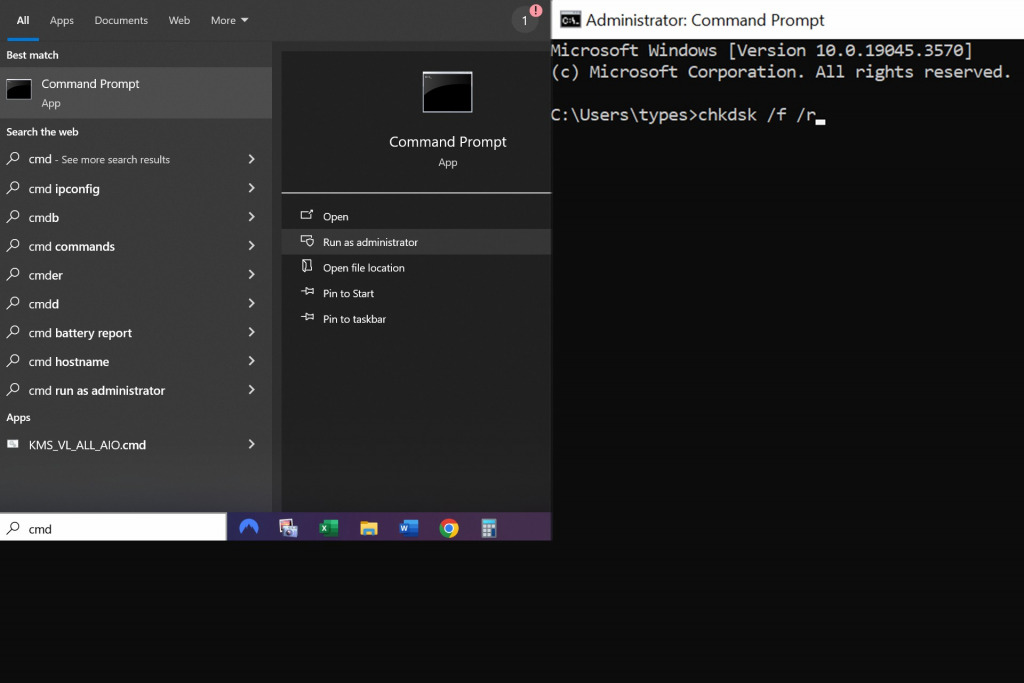
2. Type the chkdsk /f /r command. The /f command fixes errors it finds, and the /r command tells it to highlight any bad sectors you need to fix manually.
The scan will usually start after a reboot, and then, once it’s complete, another restart will occur before showing the full results.
2. Memory Diagnostics
To rule out memory as the problem, follow these steps:
1. Type Windows Memory Diagnostic in the start menu search bar and open the corresponding utility.
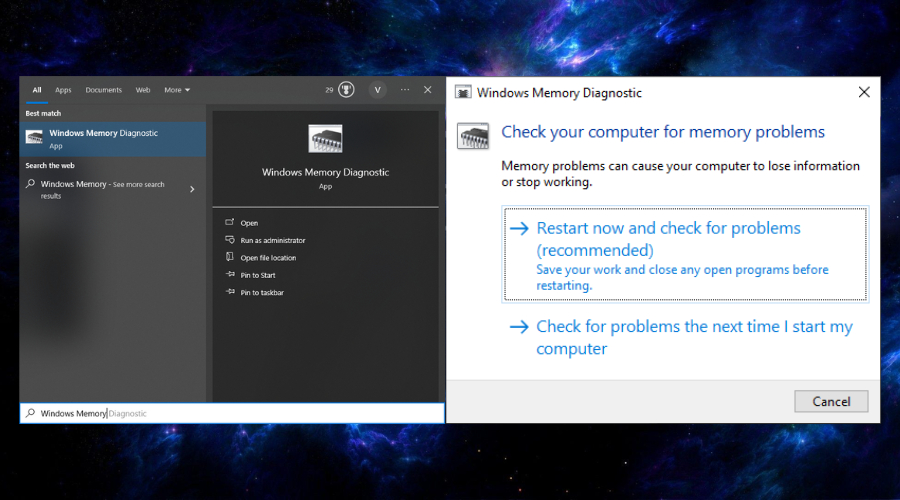
2. Select the Restart now and check for problems option.
3. Wait for the scan to complete and show the results.
5. If the diagnostic finds problems with one or more RAM modules, try reseating them and repeat this solution. You may need to replace or repair the faulty modules.
3. Run a Windows Repair tool
If you’re free of malware and hardware isn’t the problem, you can use a Windows Repair tool like Fortect to safely fix DLLs like comdlg32.dll automatically. What’s more, Fortect automatically fixes registry errors too.
1. Download and Install Fortect on your computer.
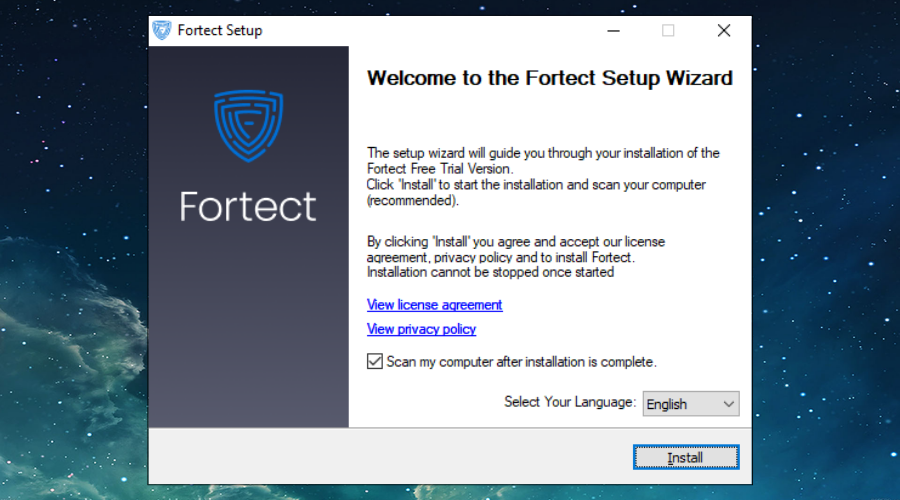
2. Launch the software and Start scanning.
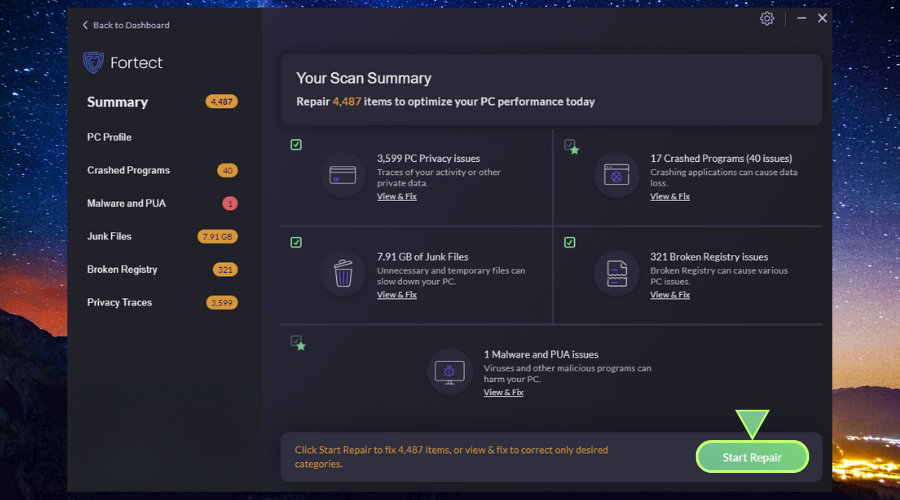
3. Click on Start Repair (after product activation) to start replacing DLLs automatically with working versions from its database.
I recommend this over trying to replace the DLL yourself because this is a complicated and risky process.
Fortect also displays a hardware summary, which is another way of telling whether hardware might be causing DLL problems.
4. Use Windows SFC and DISM Tools
While lacking the additional repair and file cleaning capabilities of Fortect, both the System File Checker (SFC) and the Deployment Imaging Service and Management Tool (DISM) effectively scan Windows for system file errors, with SFC replacing corrupted files and DISM restoring a working system snapshot. Here’s what to do:
1. Enter cmd in the start menu search bar and launch the Command Prompt with administrator privileges.
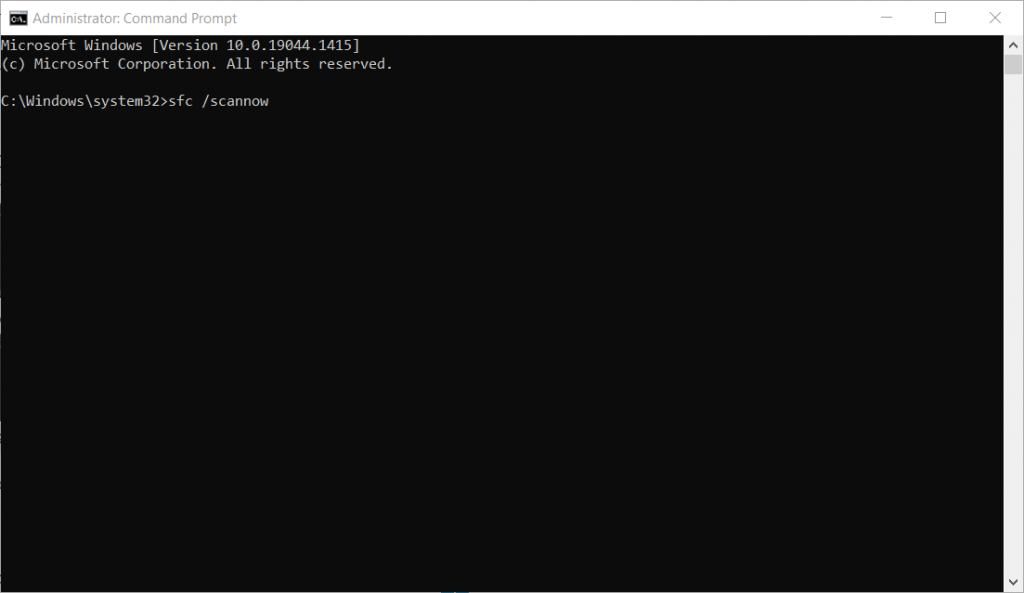
2. Enter sfc /scannow to start scanning.
3. You will get one of the following responses after completing the process: Windows Resource Protection found corrupt files and repaired them successfully, or Windows Resource Protection did not find any integrity violations.
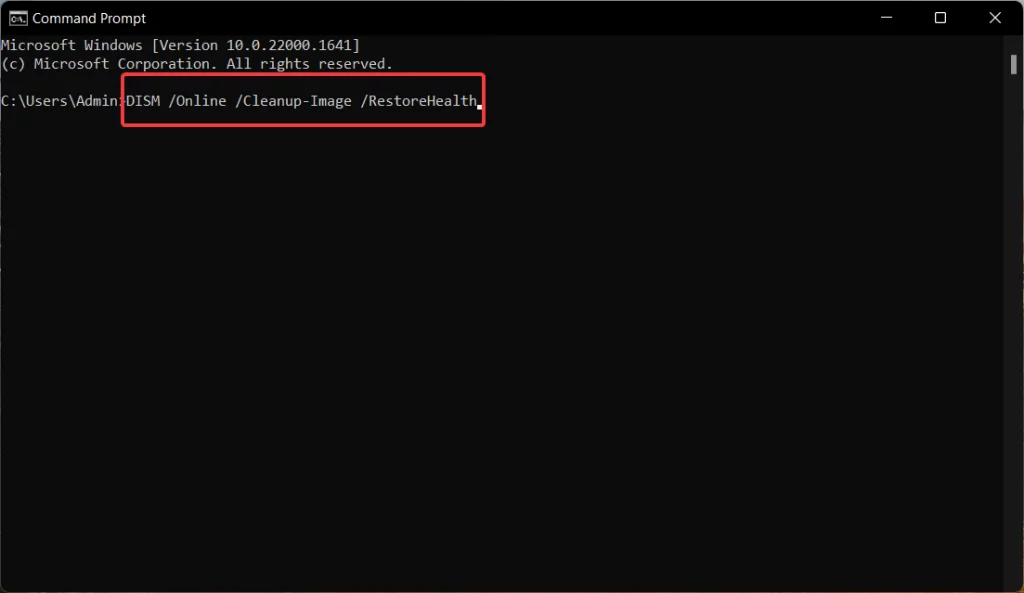
4. Next, reopen the Command Prompt and enter the DISM /Online /Cleanup-Image /Restorehealth command.
3. Wait for completion, and your system will reboot.
5. Use a Restore Point
If you’re still having trouble, loading a restore point will revert Windows to its previous working condition before the comdlg32 error. However, you must have already made a restore point for this to work.
1. Enter restore in the start menu search bar and select Create a restore point from the list.
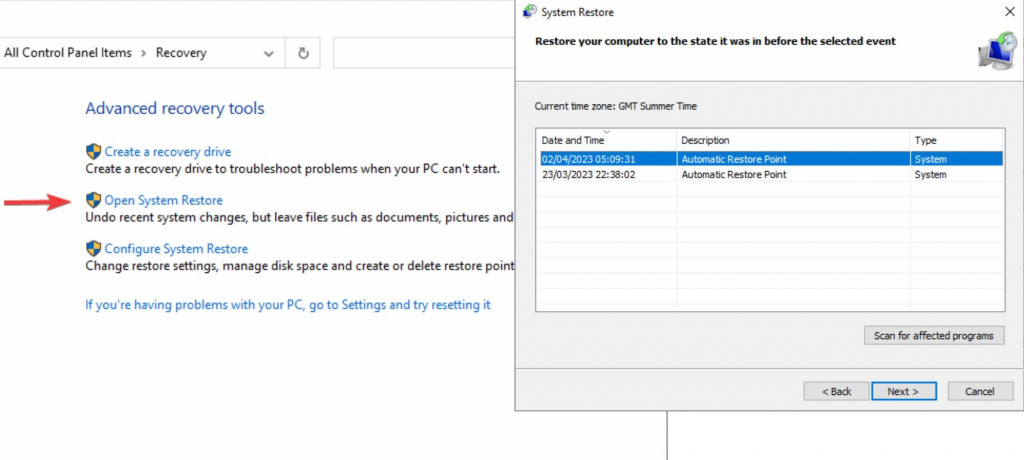
2. In the System Properties window, go to the System Restore section and click the Open System Restore button.
3. Click through to find the list of restore points and dates. Select the restore point you want to use and click Next.
4. Click Finish and confirm the restoration. Your computer will then restart.
Say goodbye to comdlg32 errors
COMDLG32.dll errors on Windows 10 and 11 can ruin the system because many programs and software share the file. The good news is that you can get back to Windows quickly with a few troubleshooting steps and simple fixes.



![Is It Safe to Delete DLL Files? [Missing DLL]](https://wp-cdn.fortect.com/uploads/2023/04/13111805/Delete-DLL-Files-425x300.jpg)
